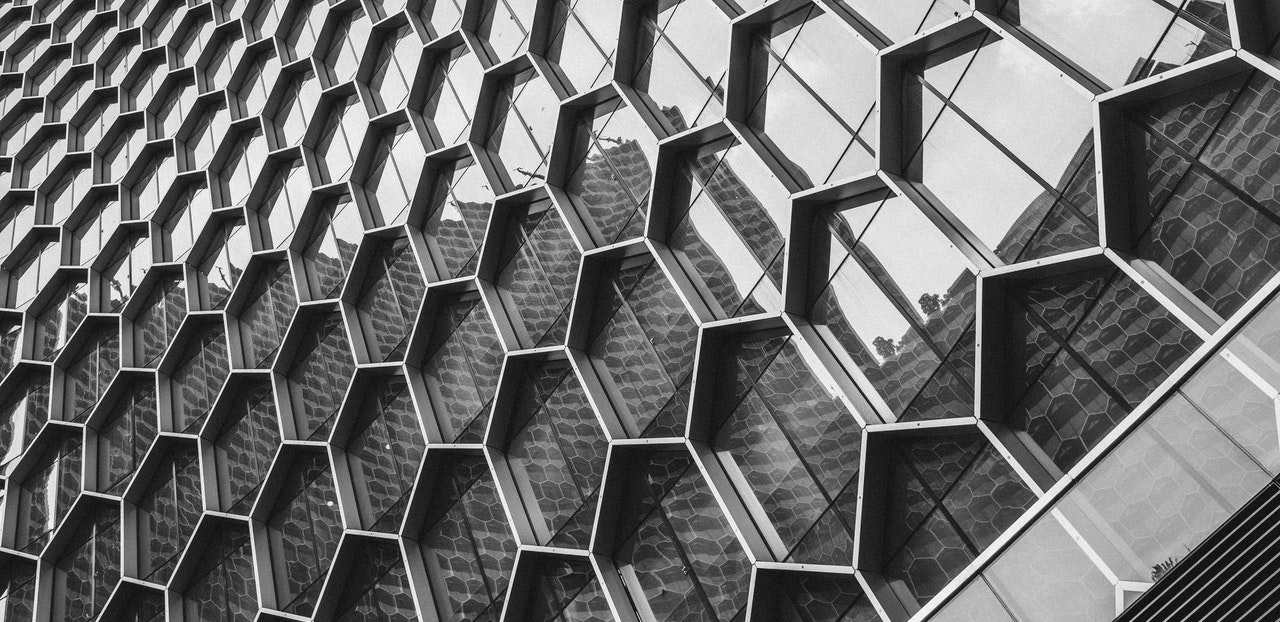Nine years after being established, Energeia Fusion S.A. de C.V., the most important Mexican company in Latin America and promoter of the renowned Graphenemex® brand, launches the Graphenergy construction line, a new generation of nanotechnological additives for concrete with graphene oxide, which promises to strengthen the infrastructure and construction industry.

Graphene, also known as “the material of the future”, has finally crossed the barrier of research laboratories and has become a reality as a potential solution for countless social, environmental and industrial needs.
This wonderful nanomaterial consists of atomic sheets of carbon extracted from graphite and thanks to its interesting mechanical, electrical, thermal, optical properties, among others, in recent years millions of dollars have been invested around the world to make it available in different applications, including the infrastructure and construction industry that has managed to be one of the most favored.

The Graphene race in the construction industry
2004 – Isolation of Graphene.
2010 – Scientists Konstantin Novoselov and Andre Geim are awarded the Nobel Prize in Physics for the isolation of Graphene.
2013 – Energeia Graphenemex is created, the first company in Latin America specialized in the production of graphene materials and the development of its applications.
2018 – Graphenemex® launches Nanocreto®, the first additive for concrete with graphene oxide in the world (Mexico).
2019 – Graphenenano launches Smart additives, additives with graphene for concrete (Spain).
2019 – GrapheneCA introduces its OG concrete admix product line for the concrete industry (U.S.A.).
2021- Scientists at the University of Manchester develop the concrete admixture Concretene (England).
2022 – Energeia – Graphenemex® launches the Graphenergy Construction line, an improved version of its concrete admixture (Mexico).

Graphenergy construction is a water-based additive compatible with other additives, designed to improve the quality of concrete, which aims to reinforce the pre-existing characteristics of concrete, such as its mechanical resistance, but also to add value by providing non-existent properties in the original design such as waterproofing, thermal insulation and antimicrobial protection.
How does Graphenergy construction work?
1. High waterproof and anticorrosive properties
Graphenergy construction within the cementitious matrix forms molecularly more ordered and closed architectures that reduce the porosity of the structure and therefore creates hydrophobic surfaces that, at a microstructural level, also hinder the passage of liquids and gases, obstructing the passage of causative agents of structural deterioration, especially in aggressive environments such as coastal or highly polluted ones.

Closure of the structure at molecular level has also been demonstrated by electrical measurements of diffusivity; these results support the protection of the metallic structure of the concrete, increasing the useful life of the structure.
2. Improved mechanical properties
The more compact and organized architecture at the molecular level achieved by Graphenergy’s Graphene Oxide construction within the concrete, allows microcrack limitation centers to form and therefore the structure becomes stronger when subjected to compressive loads or tension, while favoring its flexibility.
3. Thermal insulation
The thermal insulation offered by Graphenergy construction is due to the ability of graphene oxide to dissipate heat with great efficiency and even to withstand intense electrical currents without heating up.
4. Antimicrobial protection
Graphene additives offer different fronts of chemical and physical attacks of combined interaction, highly resistant to the formation of microbial biofilms, this means that microorganisms do not find a suitable environment to grow and release their by-products (eg sulfuric acid) and, therefore, it does not generate or it delays the appearance of microbiologically induced corrosion of concrete (MIC). This protection is extremely important, for instance, to water systems since inside the pipes, MIC is capable of dissolving up to 25 mm of concrete per year.

